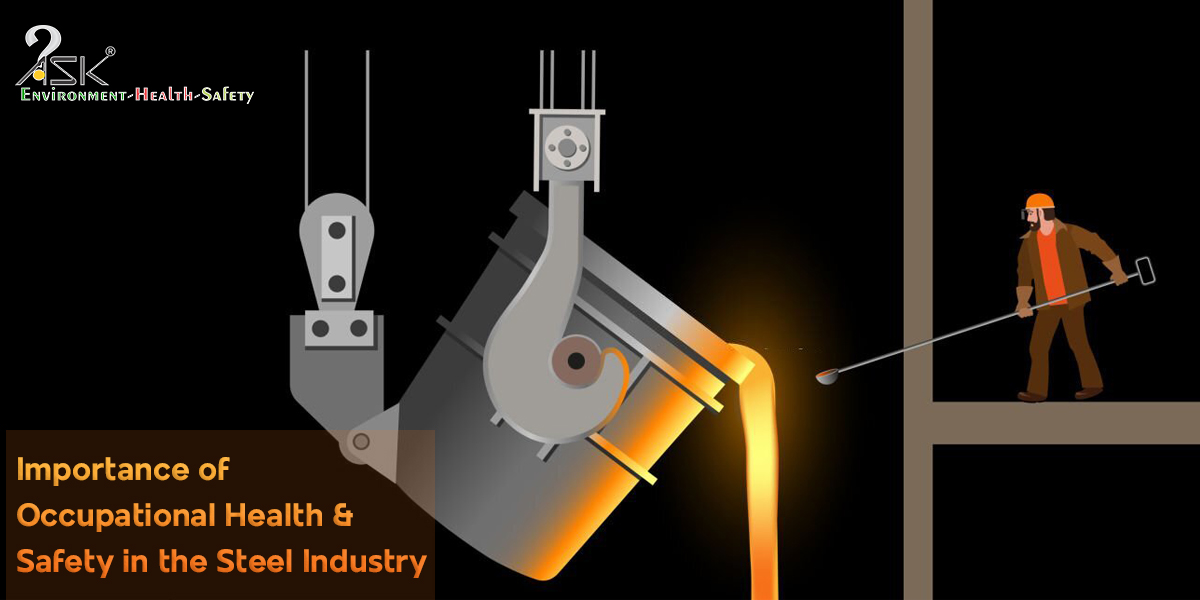Suspension trauma and trainings

Imagine a construction worker on a high-rise building (approximately 100 ft. above the ground) loses his footing and slips. He’s wearing a fall arrest system, which protects him from a hit and hence, is saved from death.
Still, he isn’t out of danger yet – he might potentially experience orthostatic intolerance, commonly known as suspension trauma. It can start within a few minutes of a fall, especially if the worker is unconscious while suspended within a full-body harness (in this case, he is not). But if he is not rescued immediately or within 10 minutes, it can pose a threat to his vital organs, and in severe cases, result in death.
As learned in the previous blog, falls are one of the most prevalent hazards observed at a workplace. And when one starts learning about fall safety – fall protection systems, best practices, and design of PPEs are well-thought of, to prevent or arrest falls.
But what about assessing dangers after a fall? As understood from the above example, prolonged suspension within a full-body harness after a fall event is associated with serious health risks. While rapid rescue is imperative, the onset of suspension trauma can be delayed and prevented through several safety methods and procedures.
To achieve safety benefits in these critical environments, trainings are a life-saver. When workers wear fall-arrest devices while working at heights, it is important that their every act and move is a cautious one. Moreover, they must be aware in –
- Ascertaining whether their PPE has proper fittings so that it performs as intended
- Occurrences in orthostatic intolerance/suspension trauma
- Factors that may increase a worker’s risk
- Recognizing signs and symptoms
- Appropriate rescue procedures to diminish risk while suspended.
Trainings for evaluation and improvement
One can preempt risks and hazards at a workplace if he/she is trained to detect them. In tasks such as work at height, hazards remain pervasive throughout – which necessitates the rise in safety quotient for the industry. Safety trainings, as a component, essentially determine and help implement safe conduct at a workplace.
It can provide stakeholders the necessary knowledge and skills needed to do their work safely and avoid creating hazards that could place themselves or others at risk. A greater understanding of health and safety programs can lead in contributing to its development and implementation at a workplace.
Peer-to-peer trainings, on-the-job training, and worksite demonstrations at work-at-height, that include proper fall protection and prevention techniques, rescue plans is effective in conveying safety concepts and promoting good work practices.
A well-planned training is crucial to protect workers from the risks while working at height – an eye toward exposing weaknesses and areas in need of improvement becomes mandatory. Trainings foster an environment of open-communication on health and safety, which aid in compliance, work execution, talent retention and employee awareness.
For employers, managers, and supervisors, additional and specific trainings might be needed – simply because it helps them fulfill their roles in providing leadership, direction, and resources for the safety and health program. Because forward-thinking industrial organizations have now taken a fresh approach in how their safety traits fundamentally relate to benefitting a workplace – through connect with people and plant equipment, systems, and processes, they aim to deliver immense value throughout the enterprise.
Image courtesy: Taken from flickr- Western Area PowerFollow, Fall Protection Training, 2013, accessed on 24 January 2020, 15:30 IST https://www.flickr.com/photos/westernareapower/8803248059/in/photostream/


